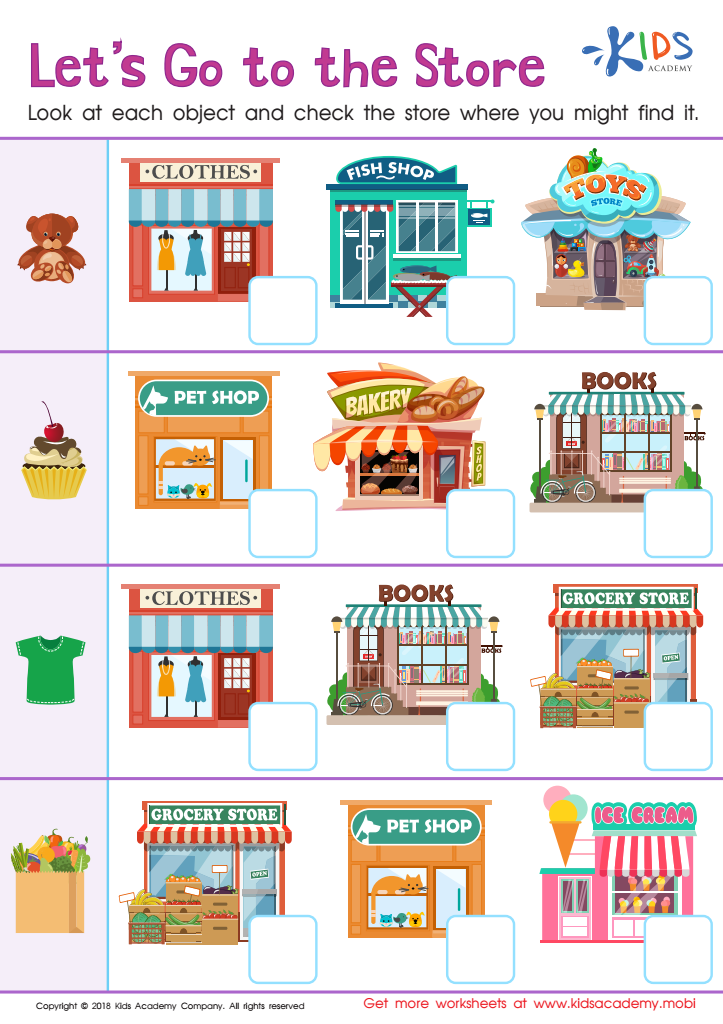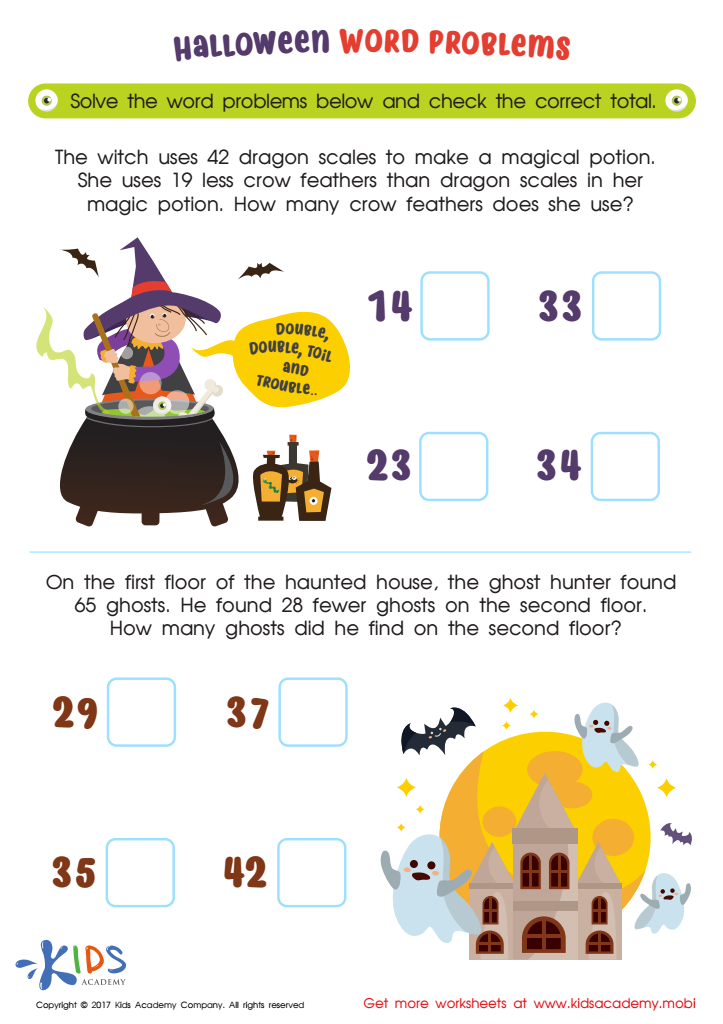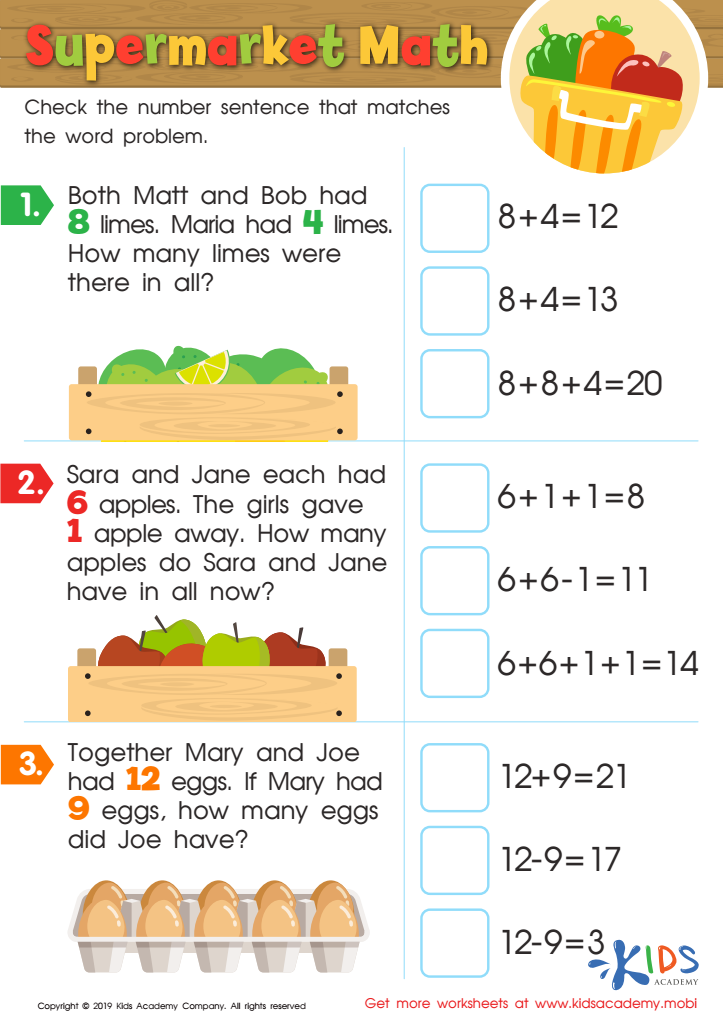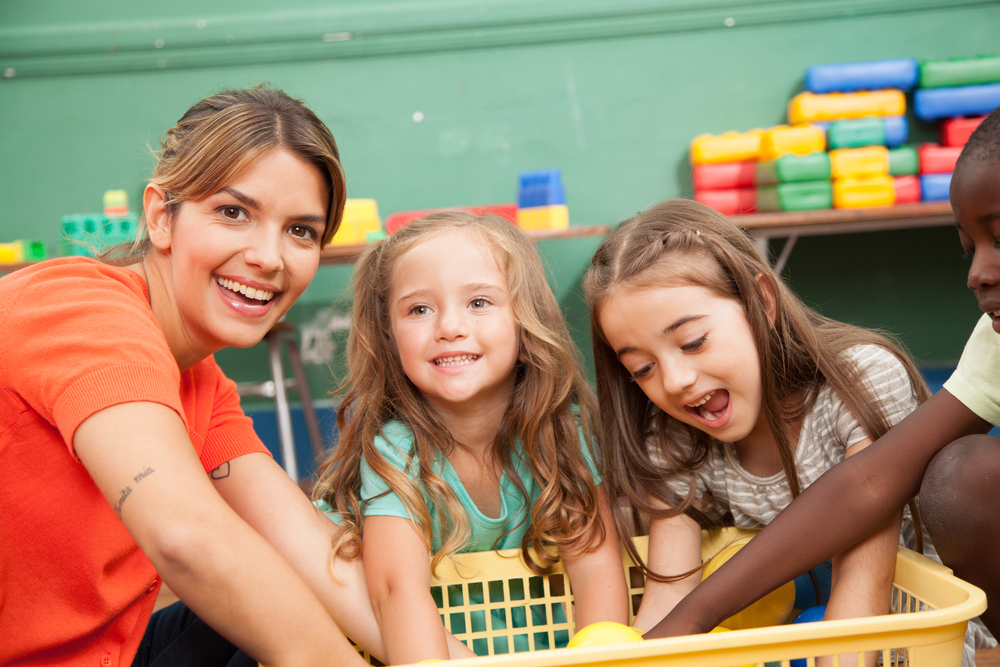Real-life application Normal Worksheets for Ages 6-7
3 filtered results
-
From - To
Our "Real-Life Application Normal Worksheets for Ages 6-7" combine fun and learning to help children grasp essential skills through real-world scenarios. These printable worksheets cover math, reading, and critical thinking topics, designed to engage young minds in practical problem-solving. Kids will enjoy relatable activities like counting money, reading schedules, and basic measurements, enhancing their understanding of how these skills apply outside the classroom. Our tailored exercises ensure age-appropriate challenges that foster confidence and curiosity. Perfect for both home and school use, these worksheets support your child's development in a meaningful and enjoyable way. Explore now and watch them thrive!


Let's Go to the Store! Worksheet


Halloween Word Problems Printable


Supermarket Math Worksheet
Introducing real-life applications to children ages 6-7 is crucial for several reasons. Firstly, it makes learning tangible and relevant. When young children see how academic concepts like math or reading fit into their daily lives, it enhances their understanding and retention. For example, counting apples while grocery shopping strengthens their math skills.
Secondly, real-life applications foster problem-solving and critical thinking. Engaging with real-world problems encourages children to use their creativity and logical reasoning. This lays the groundwork for effective decision-making skills, which are vital for future challenges.
Thirdly, it nurtures curiosity and a love for learning. Real-life examples are often more engaging than abstract concepts. For instance, using a recipe can be a fun way to practice reading and understanding measurements. This engagement paves the way for lifelong learners who seek knowledge beyond the classroom.
Lastly, real-life applications build social and emotional skills. Activities like group projects help children develop teamwork and effective communication. Emotional intelligence, including empathy and cooperation, is equally important for personal and academic success.
In sum, integrating real-life applications in education provides a holistic learning experience. It not only equips children with fundamental academic skills but also cultivates critical life skills that form the bedrock of their future endeavors.

 Assign to My Students
Assign to My Students




















